The collector car market is a dynamic and evolving landscape where modifications can significantly influence a vehicle’s value. While some alterations may enhance a car’s desirability and price, others can detract from its collectible status. Enthusiasts and investors often grapple with these nuances, seeking to understand the complex ways modifications impact collector car pricing.
The Appeal of Originality
In the collector car world, factory-original vehicles often command a premium. Take, for instance, the 1967 Chevrolet Corvette Sting Ray. This model in its unmodified, original form can fetch substantially higher prices than its modified counterparts. Buyers are willing to pay more for the assurance that every part of the vehicle is as it was when it rolled off the assembly line. Originality is not just about the parts themselves but also about the car’s history and provenance, which can add layers of intrigue and desirability.
Provenance plays a pivotal role in value retention. A car with a well-documented history, such as a 1965 Shelby GT350 with ownership records tracing back to its first buyer, holds a unique allure for collectors. The stories associated with these cars enhance their mystique and contribute to their higher valuation. Furthermore, originality consistently influences market demand across various makes and models, with certain brands like Ferrari and Porsche experiencing greater appreciation for untouched examples.
Enhancements and Aftermarket Modifications
Performance upgrades can be a double-edged sword in the collector car market. On one hand, enhancing a car’s power and handling can make a vehicle like the 1989 BMW M3 significantly more enjoyable to drive. However, these modifications often come at the cost of reduced value in the eyes of purists. Collectors often shy away from cars that deviate too far from their original specs, fearing the loss of authenticity and potential complications in future resale.
Cosmetic changes are equally contentious. While a custom paint job or interior update might reflect personal taste, such alterations can alienate potential buyers. For example, a 1971 Dodge Challenger with its original Plum Crazy paint will likely attract more interest than the same car in a non-original color. Yet, some modifications, such as those that are reversible, strike a balance between personal expression and market appeal, allowing owners to enjoy their cars without permanently impacting collectability.
Rarity and Customization
One-of-a-kind customized cars often capture attention but can lead to unpredictable market performance. A unique creation, like a heavily modified 1932 Ford Roadster, might find a niche audience willing to pay a premium, yet it could also struggle to find a buyer when it comes time to sell. The allure of rarity can be a gamble, as what makes a car unique also limits its appeal to a broad audience.
Limited editions and special builds, such as the 2006 Ford GT Heritage Edition, can significantly impact desirability and price. These vehicles are seen as rare collectibles, with every small modification potentially affecting their value. Iconic modified vehicles, like the 1970 Dodge Charger from the “Fast & Furious” franchise, have shown remarkable auction results due to their cultural significance and unique modifications.
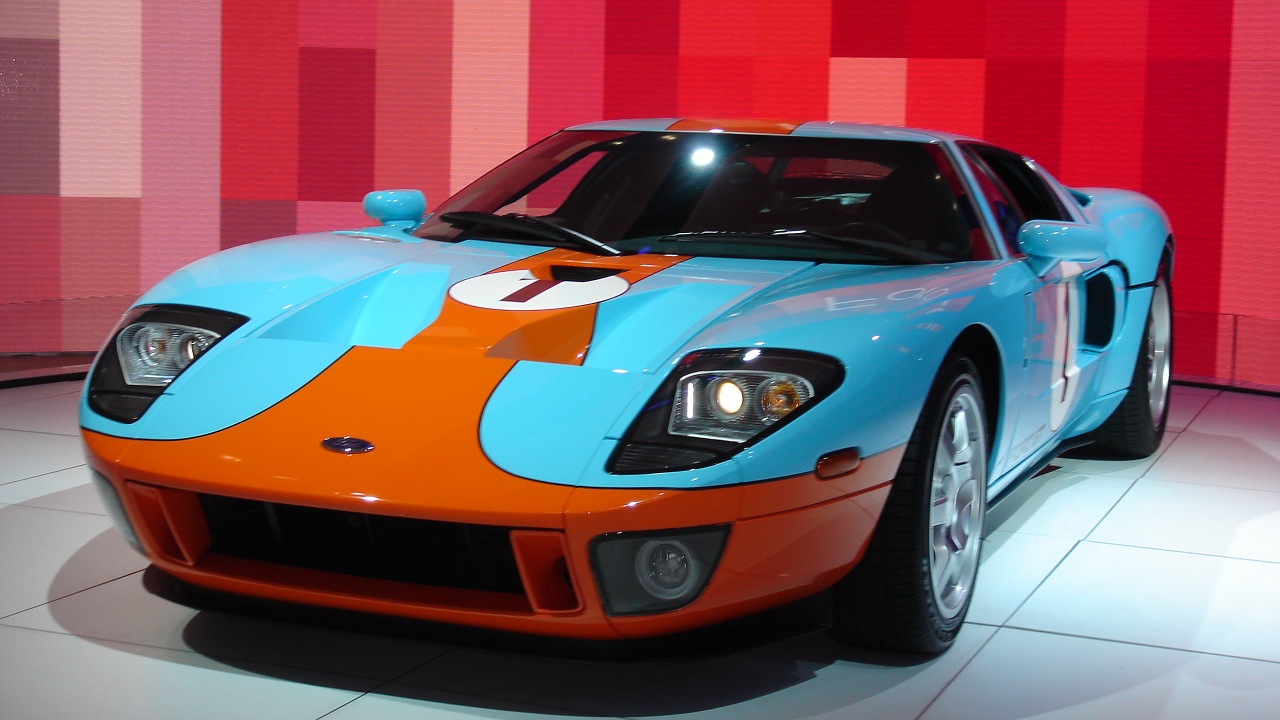
Restorations vs. Restomods
Restoration is about returning a vehicle to its former glory. A meticulously restored 1965 Jaguar E-Type, for example, can see a substantial increase in value, especially if the restoration adheres to original specifications. Restorations that maintain historical accuracy are generally viewed favorably by collectors, who appreciate the effort to preserve automotive history.
In contrast, restomods blend classic aesthetics with modern technology. A 1971 Chevrolet Camaro restomod might feature updated suspension, brakes, and electronics, appealing to those who value drivability alongside classic looks. The collector car community is increasingly embracing restomods, recognizing their ability to offer the best of both worlds. Trends indicate a growing acceptance, with restomods often achieving impressive auction results.
Market Trends and Investment Potential
Social media platforms and car shows play significant roles in shaping collector car trends. Shows like the Pebble Beach Concours d’Elegance can elevate the status of particular models, while Instagram influencers might spotlight certain modifications, swaying public opinion and affecting pricing. Economic factors, such as interest rates and disposable income, also influence the dynamics of pricing for modified collector cars.
The future of the collector car market suggests an ongoing evolution in how modifications impact value. As newer vehicles, like the 2020 Toyota Supra, enter the collector scene, their modifications will be scrutinized for both performance enhancements and cultural significance. Predicting these trends involves understanding both historical patterns and current shifts in collector preferences, offering insights into how modifications will continue to influence the market.
Like Fast Lane Only’s content? Be sure to follow us.
Here’s more from us:
*Created with AI assistance and editor review.


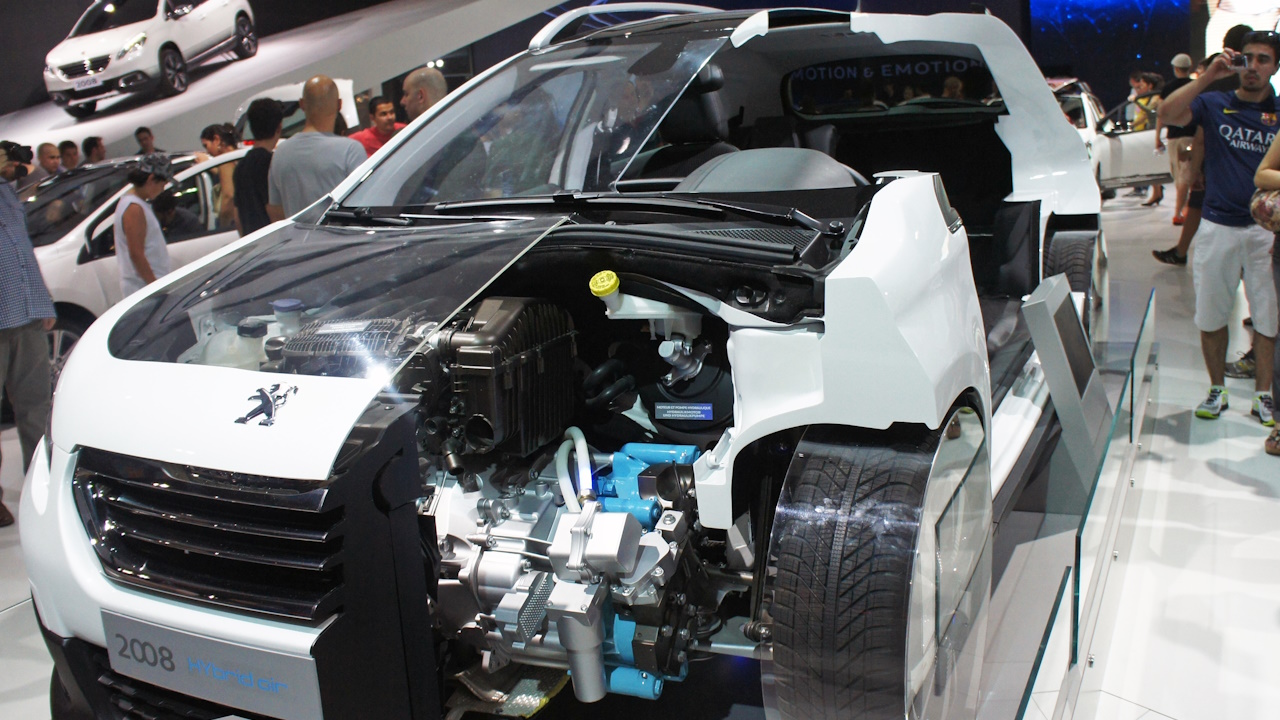
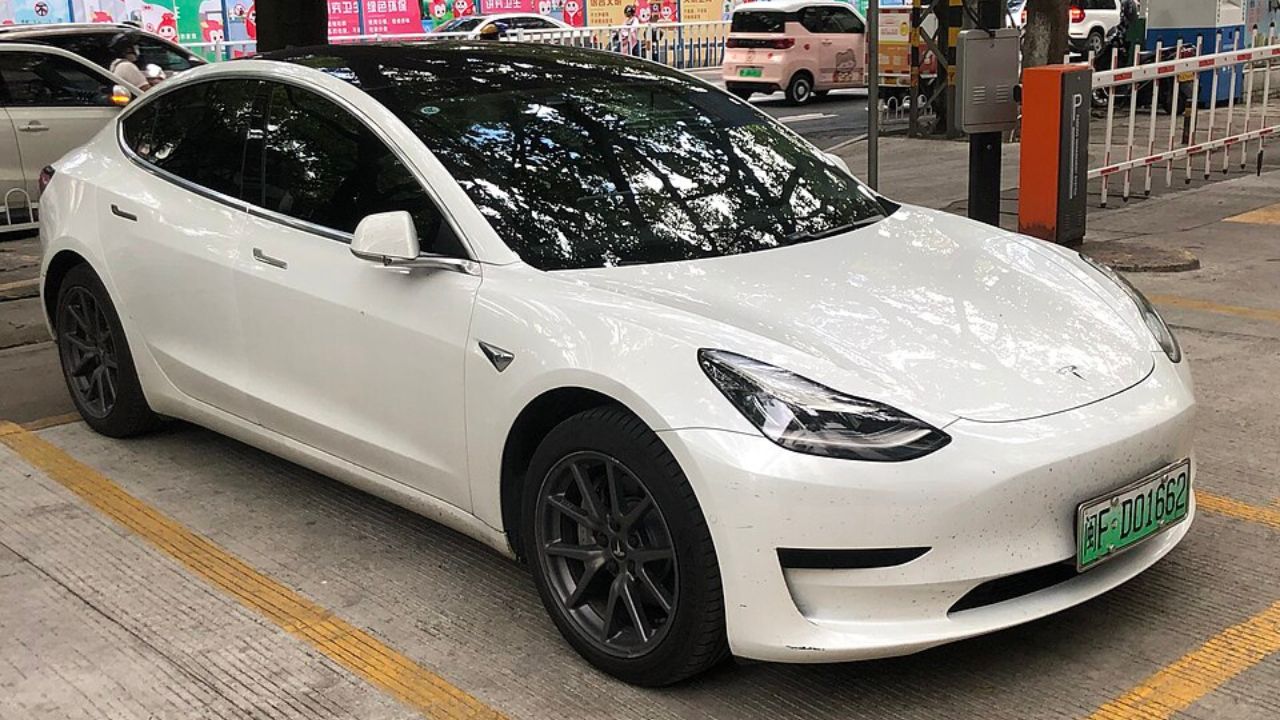
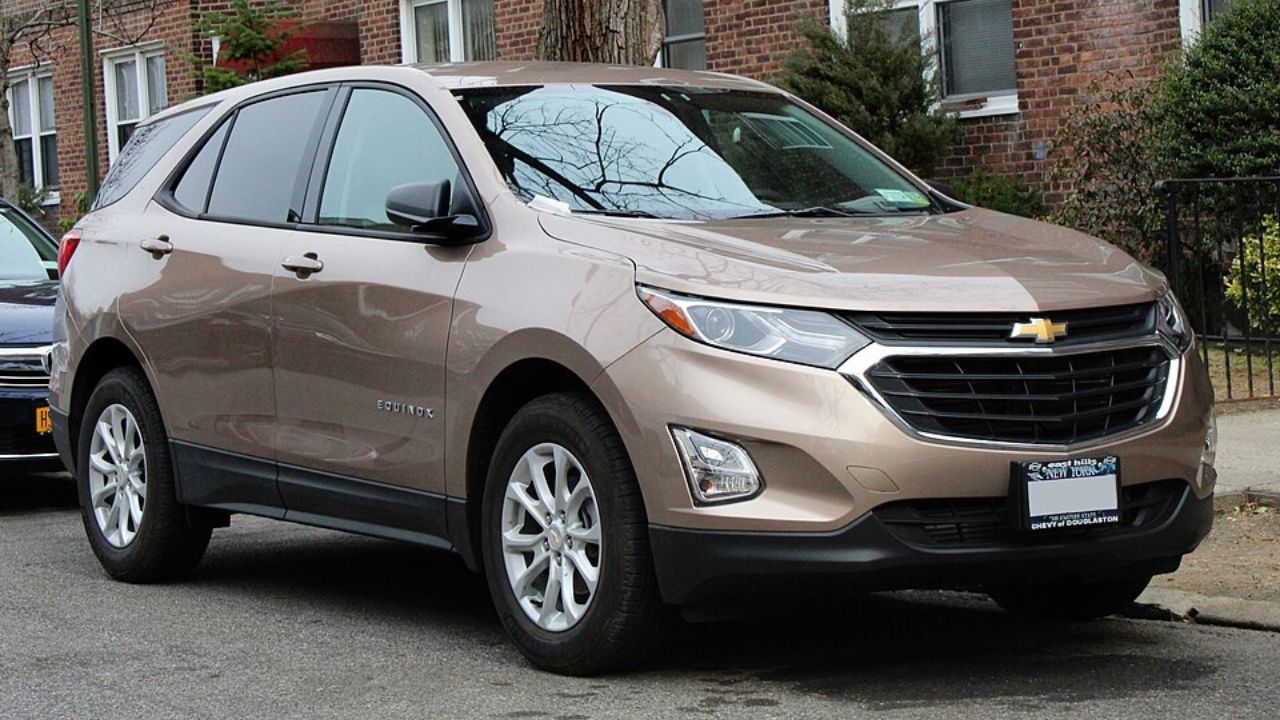

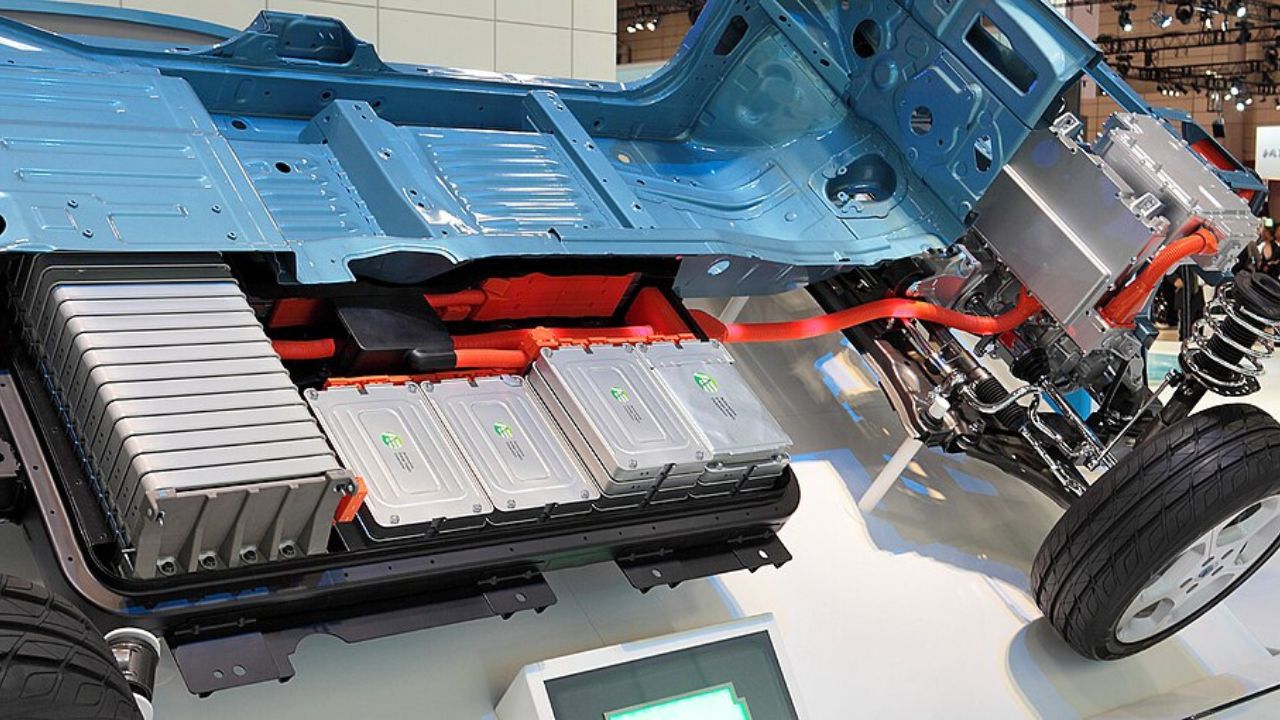
Leave a Reply